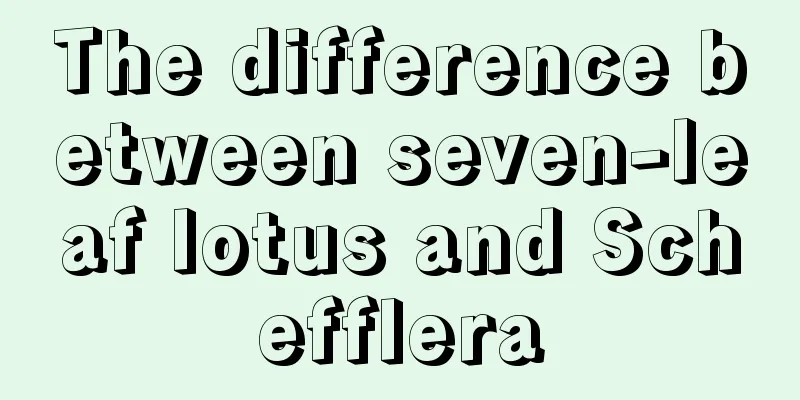Cultivation of Clematis

Soil requirementsIt likes fertile, well-drained alkaline loam and avoids waterlogging. The most important thing is that the potting soil must be breathable. If conditions permit, choose some better soil that has been strictly disinfected. If conditions are poor, you can use perlite and peat. Try not to dig garden soil directly for potting. Watering requirementsFor Clematis to grow well, the roots must breathe smoothly and watering should be done alternately between wet and dry. Allow the soil in the pot some time to dry. Generally, you can water it when it is dry 2-3 cm below the soil surface. If it is a plastic pot, it is a different matter. You can observe the weight of the soil in the pot. If it becomes lighter, it is time to water. If it is a ceramic pot, observe the soil in the pot. If it turns white, it needs to be watered. When watering, you must water thoroughly. The concept of watering thoroughly means that at least water flows out from the bottom of the pot. Pay attention to timely ventilation after watering. Lighting requirementsPotted clematis should be cultivated under full light conditions from autumn to early spring of the following year without shade. Strong light after entering summer will cause the leaves of the clematis to age and turn yellow, and grow poorly, so appropriate shading is needed. When growing indoors, ensure at least 4 hours of sunlight a day, otherwise the clematis will grow poorly. Fertilization methodAdhere to the principle of applying fertilizer frequently in small amounts and avoid being impatient for quick results. There are many varieties of Clematis, some of which are not tolerant to fertilizer, such as Long Petal, Evergreen, and Montana, so less fertilizer should be used during maintenance. Also, when fertilizing young seedlings, it is best to only use root-promoting and seedling-slowing fertilizers, and avoid applying heavy fertilizers. Winter is the best season to fertilize clematis. Basically, one application will work for several months! PrecautionsNewly planted clematis need to be kept well-watered in the first few months so that the roots have enough water to extend. Clematis is a vine plant with brittle branches that break easily, so be sure to lure and fix them in time. When growing clematis on an open-air balcony, pay attention to timely drainage, especially in the rainy season. It can be exposed to rain appropriately, but not excessively, and should be moved indoors in due course. |
Recommend
Green tea benefits and effects
1. Prevent cancer The tea polyphenols in green te...
Why is the fragrant vine losing its leaves? What should I do?
1. Lack of light The fragrant vine grows best in ...
Can peony flowers be propagated by cuttings?
How to propagate peony There are many methods for...
Guangdong Chinese cabbage planting time and method
Planting time of Guangdong Chinese cabbage Guangd...
How to care for zinnia in four seasons
Spring care for zinnias Suitable for placement on...
Management of Vinca roseus during winter
Catharanthus roseus is a perennial herbaceous flo...
What to do if the leaves of white pine turn yellow
1. Reasonable lighting Reason: The temperature is...
When is cotton planted?
Cotton is a widely grown crop with many uses, the...
The efficacy and function of lemon water, the correct way to make lemon water
1. Efficacy and Function 1. Eliminate constipatio...
What are the habits of roses
1. Growth habits 1. Likes sunshine: Rose is a com...
There are several species of Schefflera
Schefflera chinensis The leaves are five-piece, s...
How to care for and water the dragon beard tree?
The dragon's beard tree, also known as the dr...
Wintering and summering of Echeveria luxuriata
Overwintering of Echeveria luxuriata What you nee...
How many times can Ganoderma be planted in a year?
Ganoderma lucidum is a precious Chinese medicinal...
Planting and cultivation technology of loofah
Rural areas have unique geographical advantages, ...









